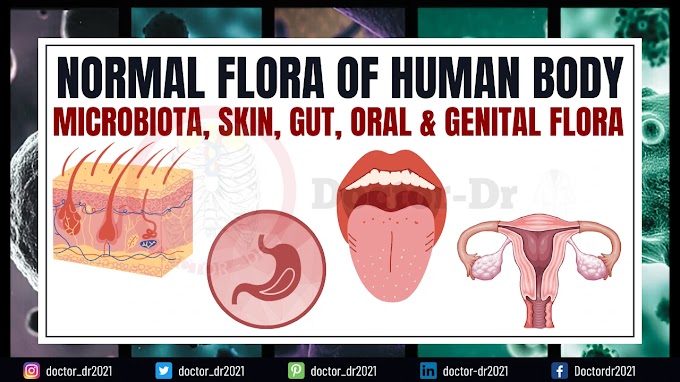by Microbiology Doctor-dr
Molecular Biology
Unit 1: Genome Organization
Genome Organization in Prokaryotes
- Prokaryotes must fit DNA that is 1000 times the length of the cell within the cell as they have no nucleus.
- The genome of Escherichia coli is 4700 kb in size having a length of 1 mm and exists as unit
- called a nucleoid.
- The term chromosome is a misnomer for this structure, because it is not a true "chromosome" as found in eukaryotes.
- The most striking feature of the bacterial nucleoid is that the DNA is organized into a set of supercoiled looped domains of 20–100 kb.
- In E.coli several mechanisms operate to compact such a large DNA molecule to fit inside the cell.
- Due to charge repulsion between negatively charged phosphate groups; DNA may occupy large space within the cell.
- The association of the DNA with positively charged polyamines (spermine and spermidine) shield the
- negative charges of the DNA phosphate groups and counteract this effect.
- In addition, numerous small protein molecules associate with the chromosomal DNA, causing it to fold into a more compact structure.
These include:
- HU (heat-unstable protein)
- IHF (integration host factor)
- HNS (heat-stable nucleoid structuring) and
- SMC (structural maintenance of chromosomes)
- Among these proteins H-NS is most abundant protein that binds DNA tightly and compacts it considerably.
- There are about 20,000 H-NS molecules per E. coli cell.
- Final compaction of E. coli chromosome is done by enzyme called DNA gyrase that uses energy from ATP hydrolysis to wind supercoils of DNA.
- In this way compaction necessary to fit chromosomal DNA into the bacterial cell is achieved.



~1.webp)




